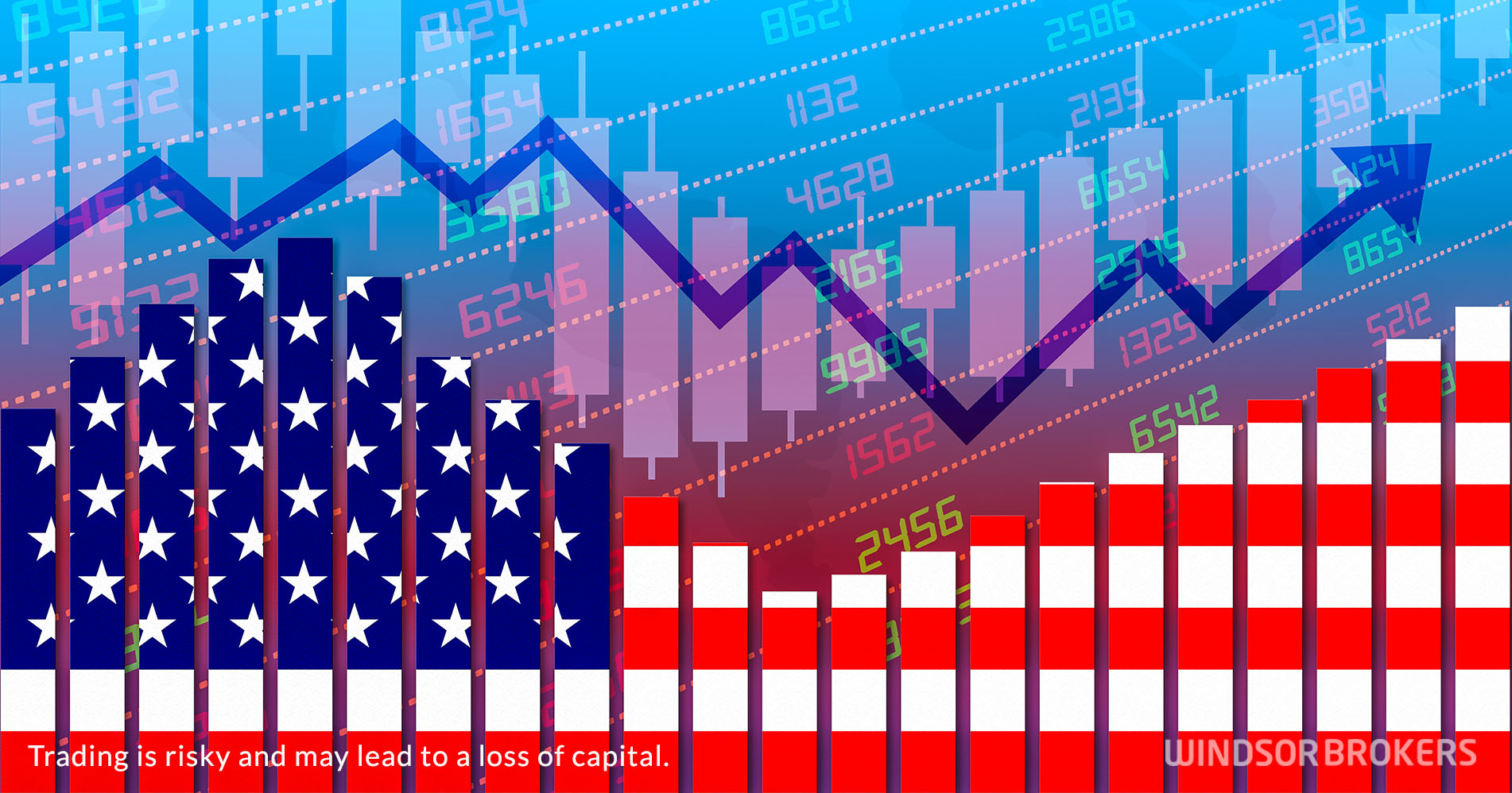US inflation rose further in May as gasoline and food prices soar
US inflation accelerated in May, offsetting slight optimism on expectations that inflation may have peaked and adding pressure on the US Federal Reserve to continue raising interest rates.
Monthly CPI figure showed strong rise to 1% in May, following 0.3% rise previous month and overshooting forecast for 0.7% increase, while annualized inflation rose by 8.6%, the new highest in four decades, against 8.3% forecast / April’s figure.
So-called core inflation, which excludes volatile food and energy components, rose by 0.6% on a monthly basis in May after rising by the same margin previous month and annualized core CPI was up 6% in May, above 5.9% forecast, slightly below 6.2% in April, but remaining well above central bank’s 2% target.
Fresh rise in consumer prices was fueled by a record prices of gasoline, rising food prices and a cost of services, such as rents, hotel accommodation and travelling, warning that inflation would remain elevated in June.
Current situation, caused by a conflict in Ukraine, ban on Russian energy products and recent Covid restrictions in China that also contributed to disruption in supply chains, threatens of further worsening that would boost inflationary pressures in coming months.
The US Federal Reserve meets next week and is expected to raise interest rate by 50 basis points, after already hiking by 0.75% since March, but continued strong inflation could suggest that the Fed would continue to raise overnight rate by 0.5% or more until signs that inflation is slowing.


